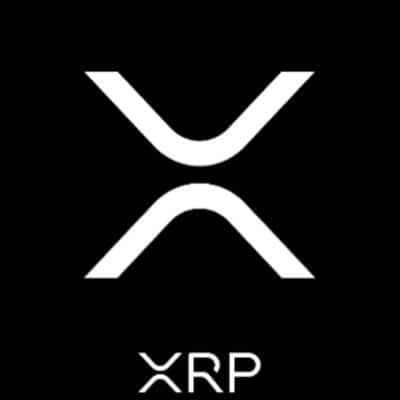It’s not over yet for XRP

It's not over yet for XRP
The recent partial court victory of Ripple Labs against the U.S. Securities and Exchange Commission (SEC) has lifted a regulatory cloud that has been hanging over the project for years. However, the criticism of XRP Ledger, the project at the heart of the case, persists among blockchain purists who view it as too centralized in its technological design.
XRP Ledger relies on a tradeoff that allows its central transaction-processing mechanism to be controlled by a smaller group of “validators” or key operators compared to many other blockchains. This design choice provides benefits in terms of security, speed, and throughput but also makes the network more susceptible to the influence of major players and prone to single points of failure.
XRP Ledger is a fascinating project in its own right, commanding a significant market capitalization for its native token XRP, and attracting partnerships with big banks like Bank of America. It offers various features such as native support for NFTs and upcoming smart contract-like functionality.
Ripple’s focus has been on making iterative improvements to the existing financial system and bridging blockchains with traditional finance through faster transactions, cheaper fees, and lower energy costs. This approach has been met with both positive and negative reactions in the crypto community.
Criticism on XRP Ledger
One of the main criticisms of XRP Ledger is its consensus mechanism, Proof of Association (PoA), which is considered more closed-off and centralized compared to other consensus mechanisms like Proof of Work (PoW) and Proof of Stake (PoS). While PoA provides certain advantages, it goes against the decentralized ethos of many blockchain projects.
Despite its critics, Ripple has managed to establish partnerships with financial institutions and is seen as a potential replacement for SWIFT, the global messaging network for cross-border payments. The company has faced challenges related to the initial distribution of XRP tokens and the perception of centralization, but it continues to develop its ecosystem, including exploring options for programmable smart contracts through third-party sidechains and hooks.
While the recent court victory and changing sentiments have brought Ripple new allies, it remains a polarizing project within the crypto community, with some advocating for its adoption and others criticizing its approach to decentralization.





